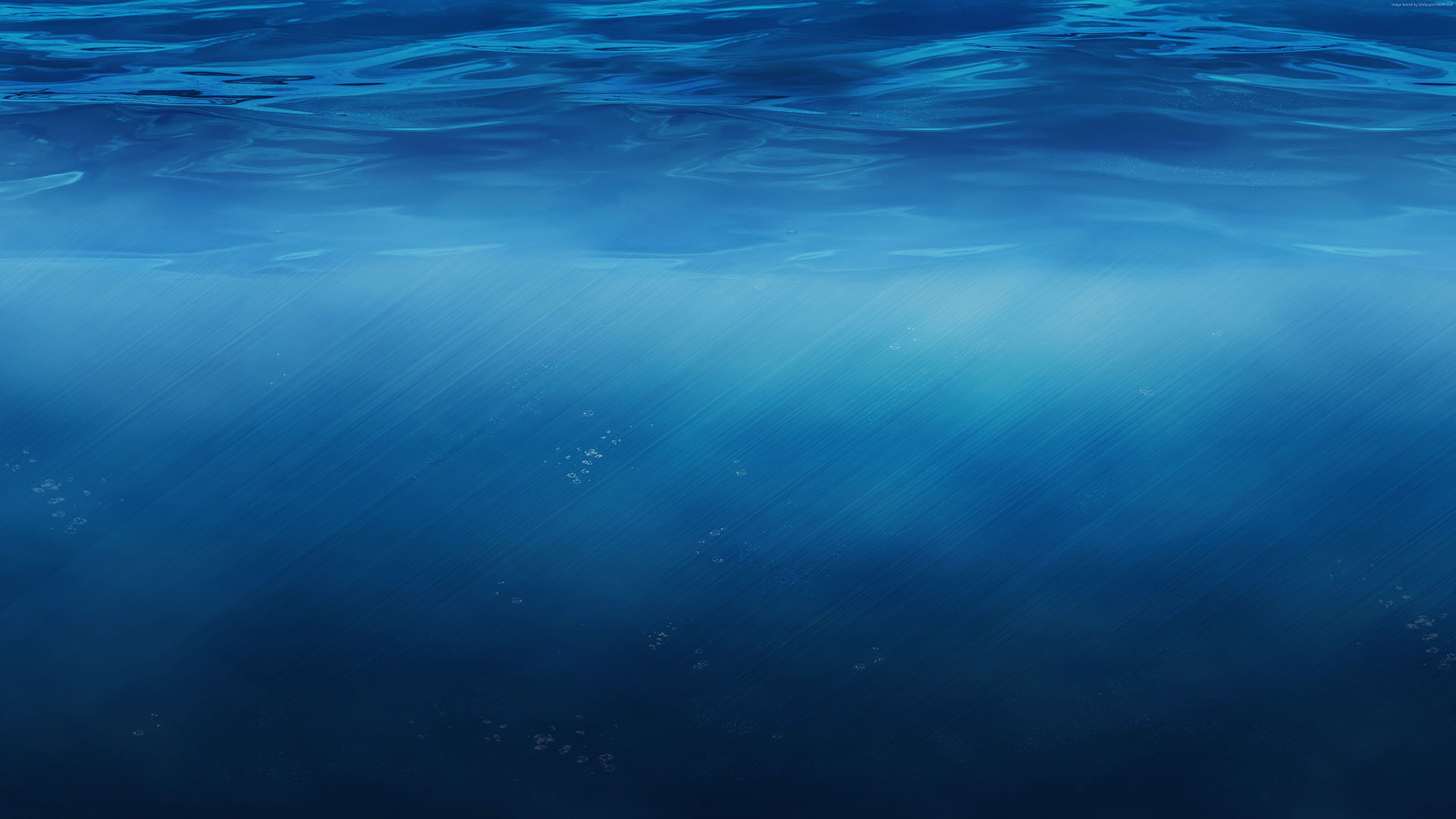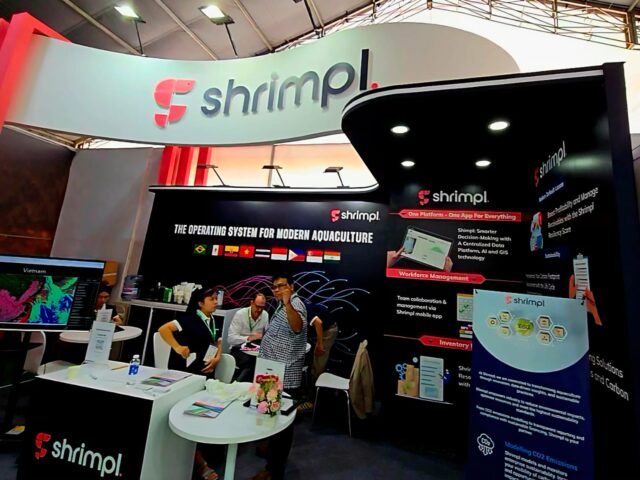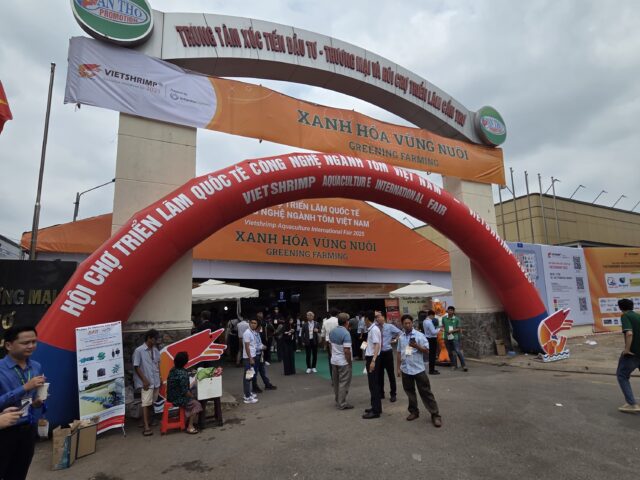





The simplest and most detailed guide on how to start a fish farming business and open a fish farm.

What constitutes the design process? To tackle any intricate procedure effectively, it should initially undergo decomposition, breaking it down into its most fundamental components.

Safety factor, independence from weather conditions. Competing with natural conditions is always a useless exercise for technical systems.